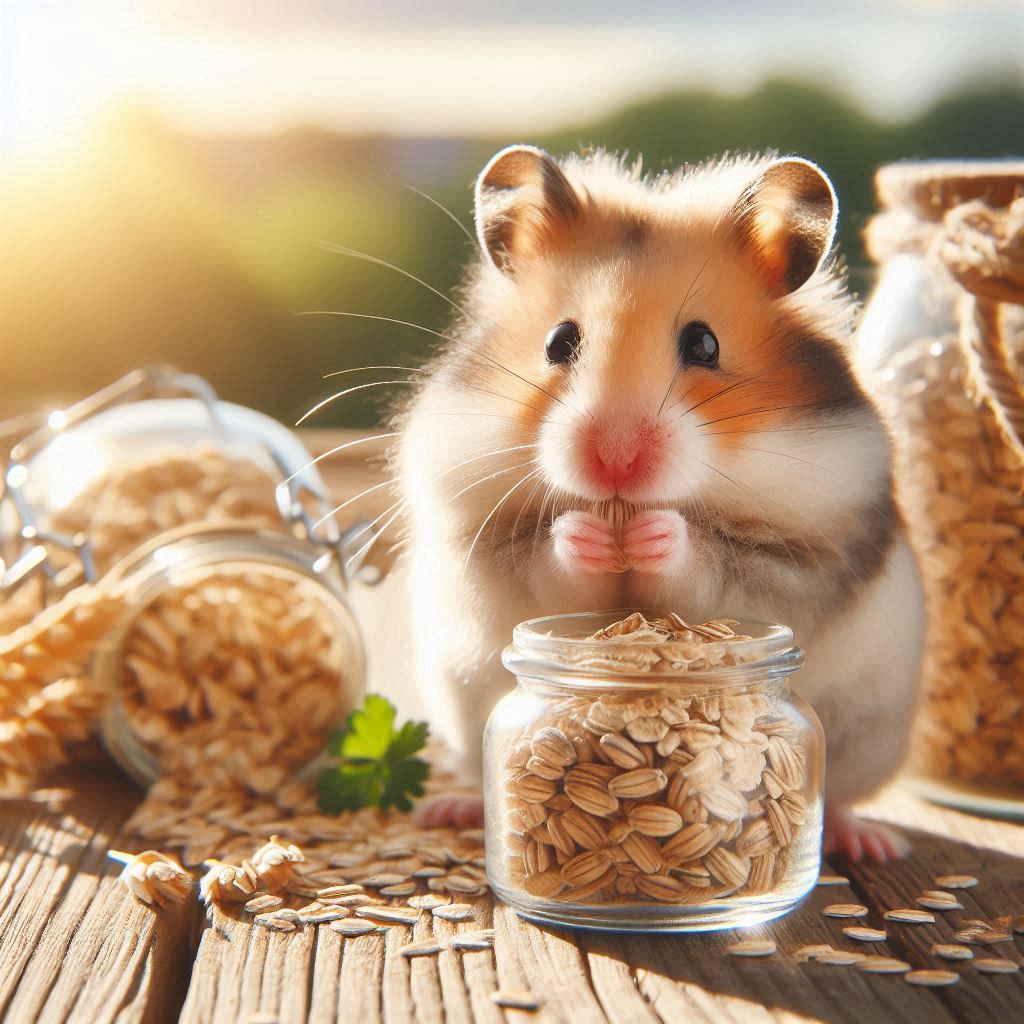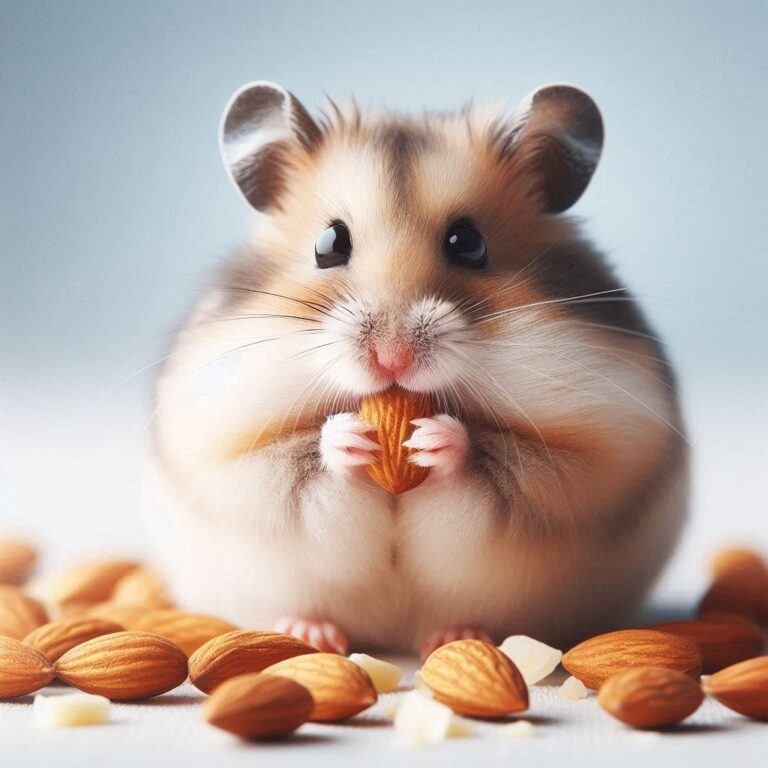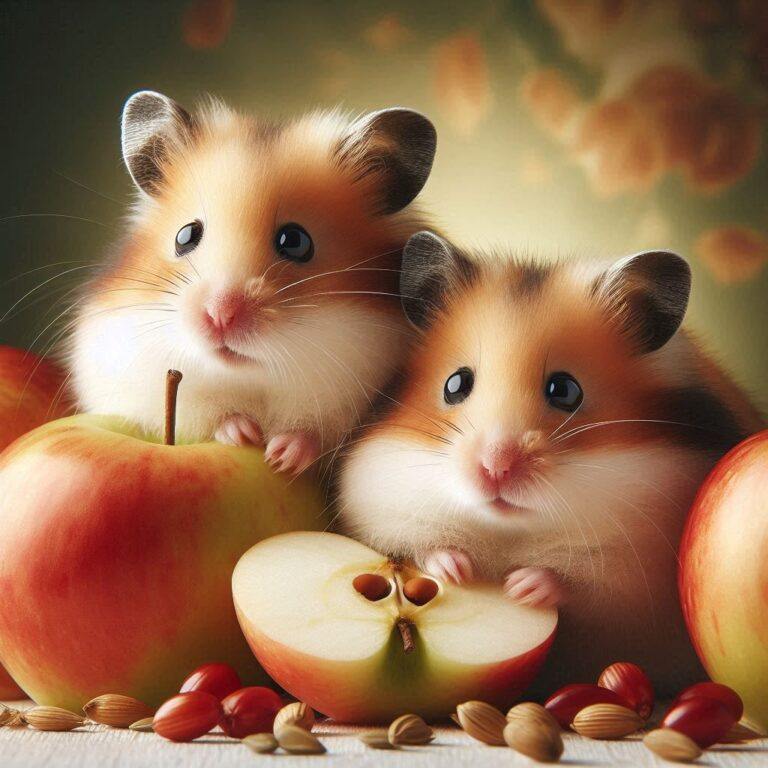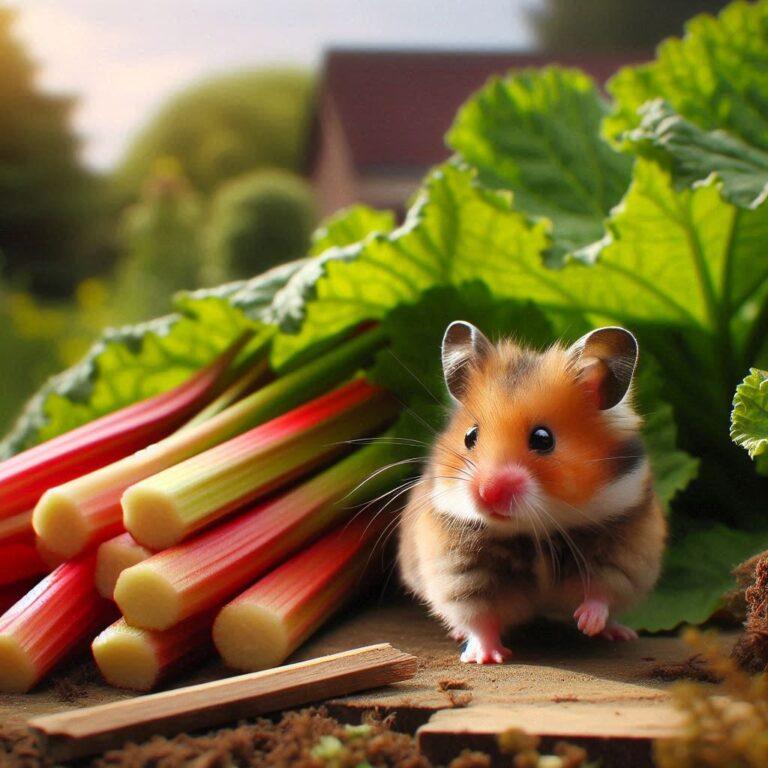Can Hamsters Safely Eat Oats
Yes, hamsters can safely eat oats in moderation. Oats are a nutritious and beneficial food option for these small pets. They’re packed with essential nutrients, including fiber, protein, and healthy fats, which can contribute to a balanced diet for hamsters.
However, it’s crucial to introduce oats gradually and in appropriate portions to prevent digestive issues and maintain a healthy weight.
Oats as a Nutritional Option for Hamsters
I’ve found that oats offer several nutritional benefits for hamsters. They’re an excellent source of complex carbohydrates, providing sustained energy for these active little creatures.
The fiber content in oats aids in digestion and can help prevent constipation, a common issue in hamsters. Additionally, oats contain essential minerals like phosphorus, manganese, and zinc, which support overall health.
When it comes to types of oats suitable for hamsters, I recommend plain, unflavored varieties. Rolled oats or old-fashioned oats are ideal choices.
Avoid instant oats or flavored options, as these often contain added sugars, artificial flavors, or preservatives that aren’t suitable for hamsters. Steel-cut oats can be offered but may be harder for hamsters to eat due to their texture.
Portion control is key when feeding oats to hamsters. I suggest starting with a small amount, about 1/2 to 1 teaspoon of oats per feeding.
This can be offered 2-3 times a week as part of a varied diet. It’s important to remember that oats should complement, not replace, their primary food.
Commercial hamster food like fresh pellets should still make up the majority of their diet.
How Best to Introduce Oats to Your Hamster’s Diet
Introducing new foods to a hamster’s diet requires patience and careful observation. Here’s a step-by-step guide I’ve developed for introducing oats:
1. Start small: Offer a tiny amount of oats, about 1/4 teaspoon, alongside their regular food.
2. Observe: Watch your hamster’s reaction to the oats. Do they show interest? Do they eat them readily?
3. Monitor droppings: Check your hamster’s droppings for the next 24-48 hours. Any changes in consistency or color could indicate digestive issues.
4. Gradually increase: If there are no adverse reactions, slowly increase the amount of oats over the course of a week or two.
5. Establish a routine: Once your hamster is comfortable with oats, incorporate them into their diet 2-3 times a week.
Positive signs to look for include eagerness to eat the oats, normal activity levels, and consistent droppings.
Negative reactions might include lethargy, loss of appetite, or diarrhea. If you notice any of these signs, stop offering oats and consult a veterinarian.
Mixing oats with other foods can make them more appealing and nutritious for your hamster. I’ve had success combining oats with small amounts of fresh vegetables or fruits.
For example, you could mix a small amount of grated carrot or a tiny piece of apple with the oats. This not only adds flavor but also introduces additional nutrients to your hamster’s diet.
Precautions and Considerations
While oats are generally safe for hamsters, there are some precautions to keep in mind. Overfeeding oats can lead to obesity, which is a common health issue in pet hamsters.
Excess weight can strain their tiny bodies and lead to various health problems. Additionally, too many oats might cause your hamster to neglect other important components of their diet.
Another risk of overfeeding oats is potential digestive upset. A sudden increase in fiber intake can cause bloating, gas, or diarrhea. That’s why it’s crucial to introduce oats slowly and in small amounts.
To maintain a balanced diet, I recommend offering a variety of foods alongside oats. Some alternatives that can provide similar nutritional benefits include:
- Whole wheat bread (in very small amounts)
- Unsweetened whole grain cereals
- Cooked brown rice (cooled before serving)
- Whole wheat pasta (cooked and cooled)
These alternatives can be rotated with oats to provide variety in your hamster’s diet. Remember to introduce any new food gradually and in small quantities.
It’s important to consult a veterinarian about diet changes, especially if your hamster has existing health issues or is elderly.
A vet can provide personalized advice based on your hamster’s specific needs. I also recommend seeking professional guidance if you notice any persistent changes in your hamster’s eating habits, weight, or overall behavior after introducing oats or any new food.
In my experience, it’s best to consult a vet if:
- Your hamster shows signs of allergic reactions (sneezing, itching, swelling)
- There are prolonged changes in stool consistency
- Your hamster refuses to eat for more than 24 hours
- You notice sudden weight gain or loss
- Your hamster displays unusual lethargy or changes in behavior
These situations require prompt attention to ensure your hamster’s health and well-being.
To sum up, oats can be a safe and nutritious addition to a hamster’s diet when offered in moderation.
They provide valuable nutrients and can contribute to a balanced diet. However, it’s crucial to introduce oats gradually, monitor your hamster’s reaction, and maintain proper portion control.
Remember, every hamster is unique, and what works for one might not work for another. Pay attention to your pet’s preferences and reactions.
If your hamster doesn’t seem to enjoy oats, don’t force the issue. There are plenty of other healthy treats you can offer.
Lastly, while oats can be a healthy supplement, they shouldn’t replace high-quality commercial hamster pellets as the main component of the diet.
A varied diet, proper portion sizes, and regular veterinary check-ups are key to keeping your hamster healthy and happy.
.







